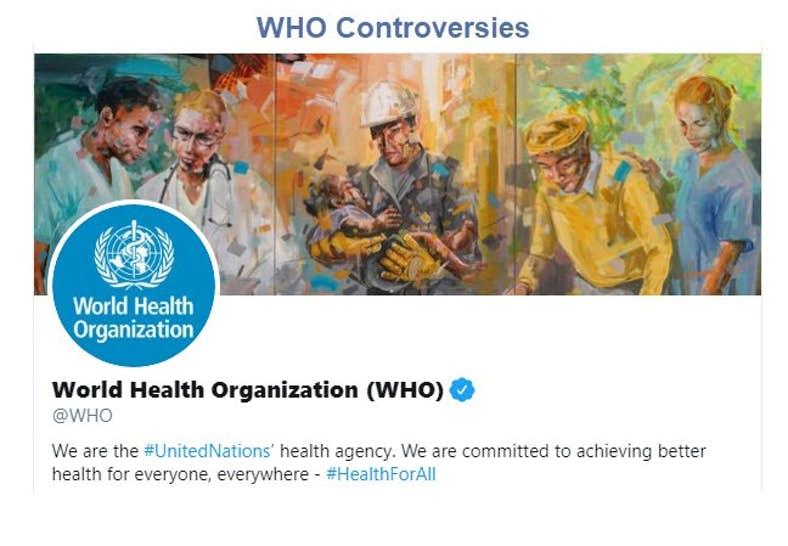Mish Exposes WHO’s Historical Controversies
Authored by Mike Shedlock via MishTalk,
The World Health Organization has been involved in a number of controversies over the years. Let’s take a look.
Given the WHO’s praise of China and condemnation of other countries I thought it might be interesting to take a look historically at the WHO.
WHO Controversies
-
West Nile Experiments: A field experiment in the West Nile district allowed researchers to take blood from children 3 times a day, in order to allegedly study an local disease causing mononucleosis. It has been alleged they were actually being infected with contaminated polio vaccines and their antibodies were being studied. Around 45,000 were tested from 1960-1973.
-
Ebola and HIV Experimentation: It has been alleged that the WHO was aware of a Dr. Hilary Koprowski, a doctor allegedly performing research on AIDS and Ebola by deceiving and infecting Africans with a faux polio vaccine. It was estimated that over a million Africans were infected from 1954-1957. However, his work having been the cause of any disease has been refuted.
-
2013–2016 Ebola outbreak: Following the 2014 Ebola outbreak in West Africa, the organization was heavily criticized for its bureaucracy, insufficient financing, regional structure, and staffing profile.
-
International Agency for Research on Cancer (IARC) controversies: The World Health Organization sub-department, the International Agency for Research on Cancer (IARC), has been criticized for the way it analyses the tendency of certain substances and activities to cause cancer and for having a politically motivated bias when it selects studies for its analysis. Ed Yong, a British science journalist, has criticized the agency and its “confusing” category system for misleading the public. Marcel Kuntz, a French director of research at the French National Centre for Scientific Research, criticized the agency for its classification of potentially carcinogenic substances. He claimed that this classification did not take into account the extent of exposure: for example, red meat is qualified as probably carcinogenic, but the quantity of consumed red meat at which it could become dangerous is not specified.[147]
-
IARC Cell Phones: Controversies have erupted multiple times when the IARC has classified many things as Class 2a (probable carcinogens) or 2b (possible carcinogen), including cell phone signals, glyphosate, drinking hot beverages, and working as a barber.
-
Robert Mugabe’s role as a goodwill ambassador: On 21 October 2017, the Director General Tedros Adhanom Ghebreyesus appointed former Zimbabwean president Robert Mugabe as a WHO Goodwill Ambassador to help promote the fight against non-communicable diseases. The appointment address praised Mugabe for his commitment to public health in Zimbabwe. The appointment attracted widespread condemnation and criticism in WHO member states and international organizations due to Robert Mugabe’s poor record on human rights and presiding over a decline in Zimbabwe’s public health. Due to the outcry, the following day the appointment was revoked.
I compiled the above list from Wikipedia. There were more, but those looked like the most serious charges.
Looks Like a Pandemic
— Jim Bianco (@biancoresearch) February 2, 2020
But hey, the WHO officials say it isn’t.
Moreover, the WHO has praised China’s strong quarantine approach and allegedly honest reporting while condemning the US and other countries for banning flights.
The WHO is a SPOS. The first “S” stands for sorry. You can work out the rest.
Tyler Durden
Thu, 02/06/2020 – 19:55
via ZeroHedge News https://ift.tt/2tAC674 Tyler Durden
